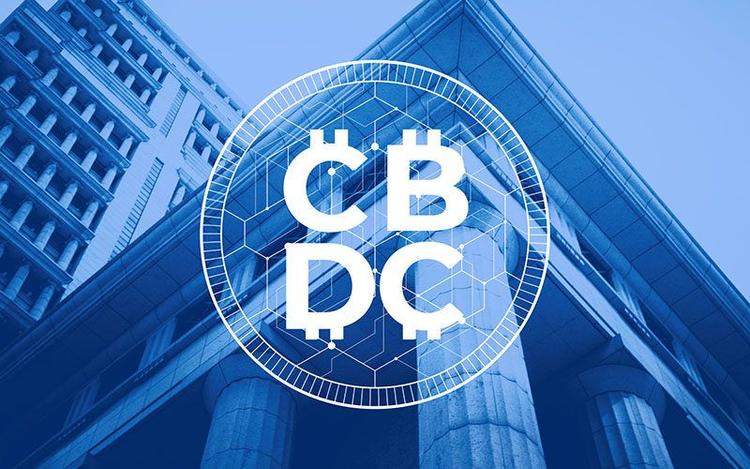
BEGINNER’S GUIDE
by: Towqeer gilkar

The Future of Central Bank Digital Currencies (CBDCs)
The rise of digital currencies has sparked significant interest in Central Bank Digital Currencies (CBDCs), a new form of digital currency that could revolutionize the way central banks manage monetary policy and interact with the economy. Unlike decentralized cryptocurrencies like Bitcoin, CBDCs are digital currencies issued and regulated by central banks. This article explores the potential future of CBDCs, their implications for the global financial system, and the challenges they face.
What Are CBDCs?
CBDCs are digital forms of fiat currencies, such as dollars, euros, or yen, issued and backed by the respective central banks. They represent a new, technology-driven approach to issuing national currencies, leveraging the benefits of digitalization while maintaining state control and regulation.
Types of CBDCs
- Wholesale CBDCs: Designed for use by financial institutions and for interbank settlements.
- Retail CBDCs: Available to the general public for daily transactions, similar to digital cash.
Potential Impacts of CBDCs
Efficiency and Accessibility
- Faster Transactions: CBDCs can facilitate quicker and more efficient domestic and cross-border transactions.
- Financial Inclusion: They have the potential to provide banking services to unbanked and underbanked populations, enhancing financial accessibility.
Economic Policy and Control
- Monetary Policy: CBDCs could offer central banks new tools for monetary policy, such as more direct control over money supply and interest rates.
- Combatting Illicit Activities: With improved traceability over transactions, CBDCs can be effective in combating financial crimes like money laundering and terrorism financing.
Global Trends in CBDC Development
- Pilot Programs: Various countries, including China, Sweden, and the Bahamas, have initiated pilot programs for their CBDCs.
- Research and Collaboration: Many central banks are actively researching CBDCs, and international collaborations are being formed to share knowledge and best practices.
Challenges and Considerations
Technological and Operational Challenges
- Infrastructure Development: Implementing a CBDC requires robust, secure, and scalable technological infrastructure.
- Cybersecurity: Protecting against cyber threats is crucial for the trust and stability of CBDCs.
Regulatory and Legal Issues
- Privacy Concerns: Balancing transaction transparency with individual privacy is a critical regulatory challenge.
- Legal Frameworks: National and international legal frameworks need to adapt to accommodate CBDCs.
Economic Implications
- Impact on Banks: The introduction of CBDCs could disrupt traditional banking models, particularly concerning deposits and loans.
- Global Financial Stability: The widespread adoption of CBDCs might impact global financial stability, exchange rates, and capital flows.
The Road Ahead for CBDCs
As we look to the future, the landscape of CBDCs is one of potential and uncertainty. The successful implementation of CBDCs could usher in a new era of digital finance, with profound effects on how monetary transactions are conducted globally. However, this future depends on navigating a complex array of technological, regulatory, and economic challenges.
Conclusion
The future of Central Bank Digital Currencies represents a fascinating intersection of finance, technology, and policy. While the promise of CBDCs in terms of efficiency, accessibility, and economic policy is significant, realizing this potential will require careful consideration of the myriad challenges they present. As central banks around the world continue to explore this uncharted territory, the evolution of CBDCs will undoubtedly be a critical area to watch in the global financial landscape.
Related Blogs
Our great way to help make people keep working for us is to invest in their overall job satisfaction by providing them with the perks and benefits they want most.




